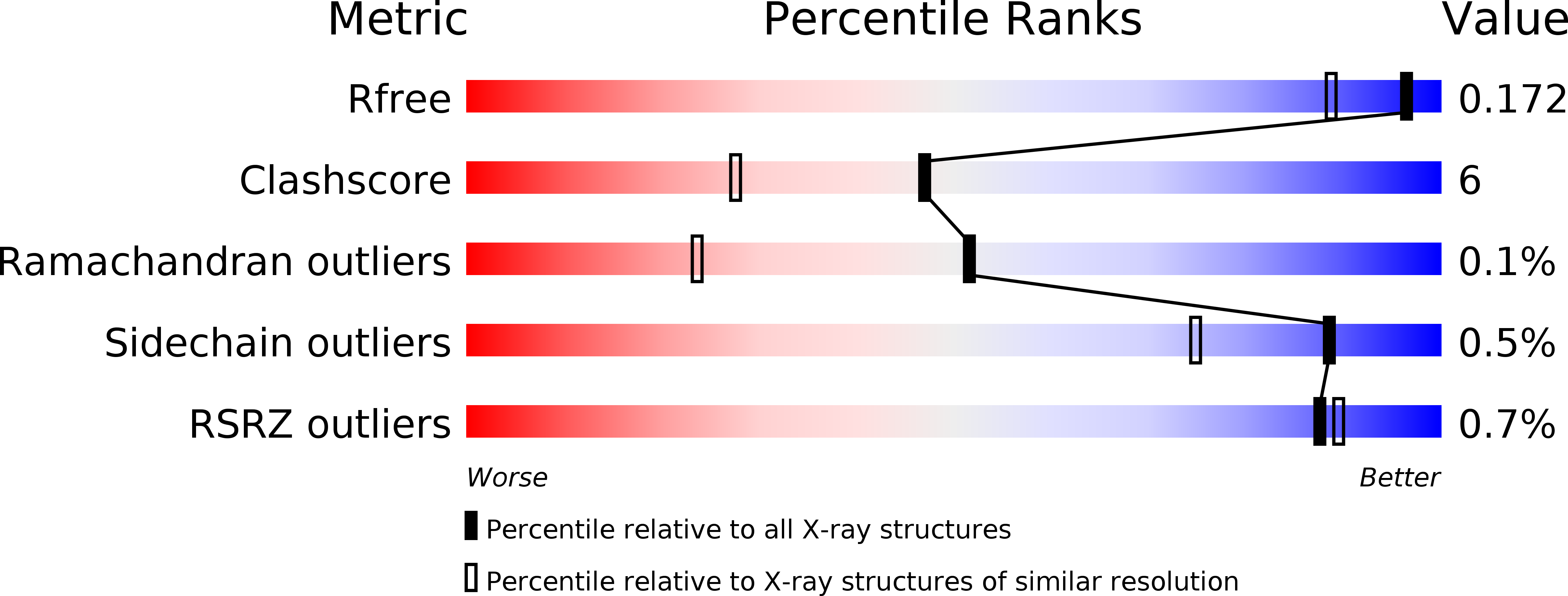
Deposition Date
2006-08-03
Release Date
2006-09-26
Last Version Date
2024-11-20
Entry Detail
PDB ID:
2HXC
Keywords:
Title:
Crystal structure of the benzylamine complex of aromatic amine dehydrogenase in N-semiquinone form
Biological Source:
Source Organism:
Alcaligenes faecalis (Taxon ID: 511)
Method Details:
Experimental Method:
Resolution:
1.45 Å
R-Value Free:
0.17
R-Value Work:
0.14
Space Group:
P 1 21 1


